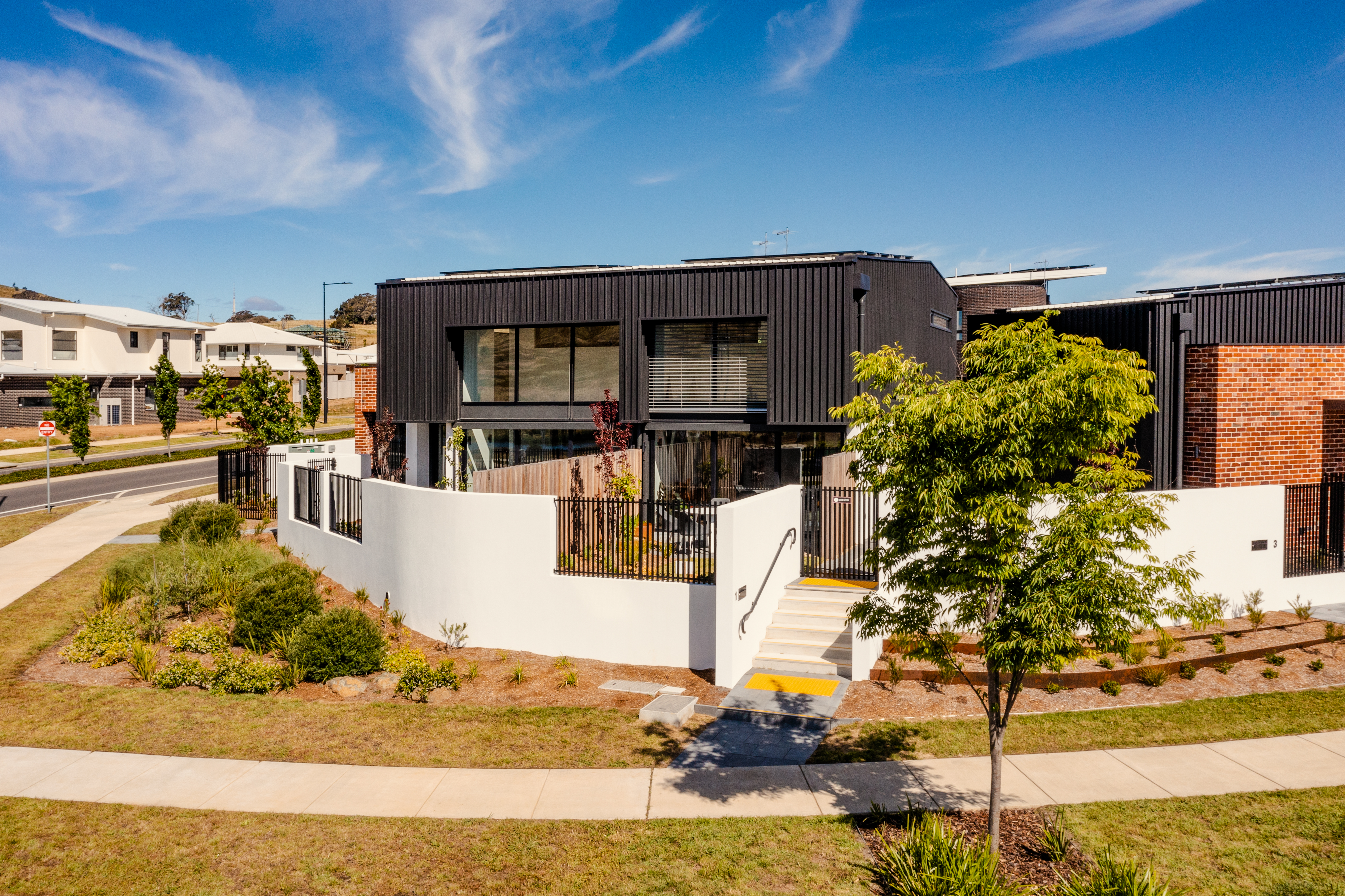When it comes to building a home, the first decisions we make are often the most impactful. Choosing sustainably sourced, energy efficient and low emissions materials can help you create a more climate-resilient, future-proof and cost-effective home for you and your family.
What is ‘embodied carbon’ and why does it matter when building?
Human activity, including the construction of our homes, produces carbon emissions. These emissions trap heat from the sun and warm our planet, causing climate change. ‘Embodied carbon’ or ‘embodied energy’ is the total amount of carbon emissions created from the construction, maintenance, renovation and demolition of a home. Low emissions materials are those with lower embodied carbon. Understanding this term is important because the embodied carbon of each material is determined by how much energy is needed to source, transport, dispose of, or recycle it.
Your home’s carbon footprint
Everything we do on a daily basis produces greenhouse gas (GHG) emissions, which, when released into the atmosphere, trap heat from the sun and contribute to climate change. The construction and operation of our homes produce GHG emissions and are often referred to as a home’s ‘carbon footprint’, encompassing both ‘embodied carbon’ and ‘operational carbon’ emissions.
You can find out more about your carbon footprint here at Everyday Climate Choices.
What is ‘embodied carbon’ and why does it matter when building?
Your home’s ‘embodied carbon’ or ‘embodied energy’ includes carbon dioxide emissions created during material manufacture and construction. It also includes emissions from the maintenance, renovation and demolition of a home. Choosing materials with low embodied energy is a sustainable building practice as every material has its own individual embodied energy.
The embodied carbon of each material is determined by how much energy is needed to source, transport, dispose of, or recycle it. Before you build, consider each material's embodied energy throughout its lifetime. More information on embodied energy in building materials can be found here.
Both the planet and your back pocket will thank you for exploring your options ahead of time.
Other ideas to consider
Lower your carbon footprint and reduce the embodied energy of your home by:
Sourcing recycled or recyclable materials
Exploring renewable materials such as FSC-certified materials and zero-carbon bricks
Selecting durable materials that require minimal maintenance throughout the lifecycle of your home and are less likely to end up in landfill
Additional ways to build a more sustainable and liveable home include:
Choosing non-toxic materials, including paints with low volatile organic compounds (VOCs)
Reducing your overall building footprint and material use with clever design choices
Your building journey is an opportunity to make choices that align with your values. When you know which information to look for, you can understand the impacts of each material and build a sustainable home that suits your family’s needs for years to come.
Jacka Energy Rebate
The planning phase is a great time to ensure your build will meet the criteria needed to claim the available rebates. In Jacka, an energy rebate of $7,000 is on offer for building an energy-efficient, all-electric home. Find more here.



